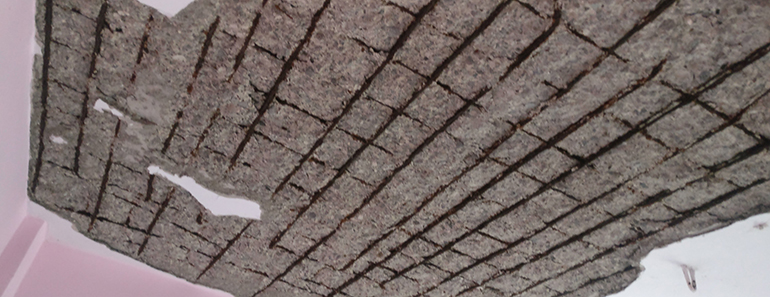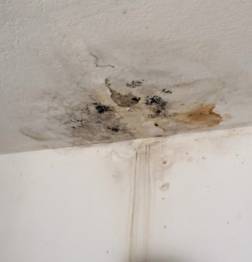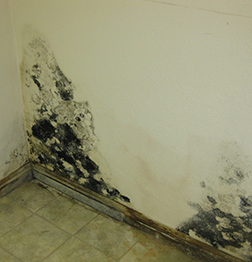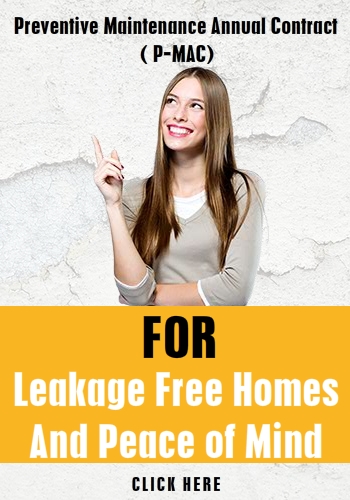Why Waterproofing
Waterproofing is one of the most critical, yet neglected subjects because the common man is not exposed to the concrete technology. He just wonders and is shocked when he sees leakage in his building, but most of the time he considers it as inconvenience rather than a serious matter.
Water seepages causes major problems to a structure. Water damages a building first cosmetically then structurally. It is important to realize that by the time a stain shows up on the interior of your building most likely irreversible damage has been caused to the exterior. Water soaked inside the terrace slab had already DAMAGED and started corroding steel bars.
Trapped moisture in insulation can also decay a roof deck and will cause roofs to fail prematurely. Water entering walls will rust steel relieving angles and carrying beams, which support the structure. Moisture penetrating reinforced concrete structures carry chloride ions, which will rust reinforcing bars causing them to expand in size resulting in spalling of concrete. As one begins to understand the mechanics of water infiltration one begins to understand the importance of keeping a building waterproof.
Water enters the building and can have immediate and long term undesired effects. Apart from damage to the building contents, structural damage is unavoidable if the problem persists. Water damage can be compared to fire as a cause of building decay and deterioration.
Water proofing is behind-the-scenes stuff that benefits everybody, from babies to the elderly. Reports have shown that waterproofing only accounts for 1% of a building’s construction costs but when ignored, it can be responsible for almost 90% of the damage.
Here are some of the severe problems that can happen if a building isn’t waterproofed properly:
Deterioration of a building’s interior aesthetics. Paint can peel off and wood can rot due to moisture. Imagine a sagging ceiling with dark stains.

Concrete cancer. Also caused by unwanted moisture, concrete can chip off starting in small pieces and can progress to bigger ones falling from heights.


Respiratory illnesses. Yes, this happens. Trapped moisture inside a poorly-waterproofed building is the perfect breeding ground for moulds, fungi and other bacteria. Some people are sensitive to these microorganisms and can have asthma attacks, allergies and other reactions.
I hope those reasons are enough to convince property owners that
